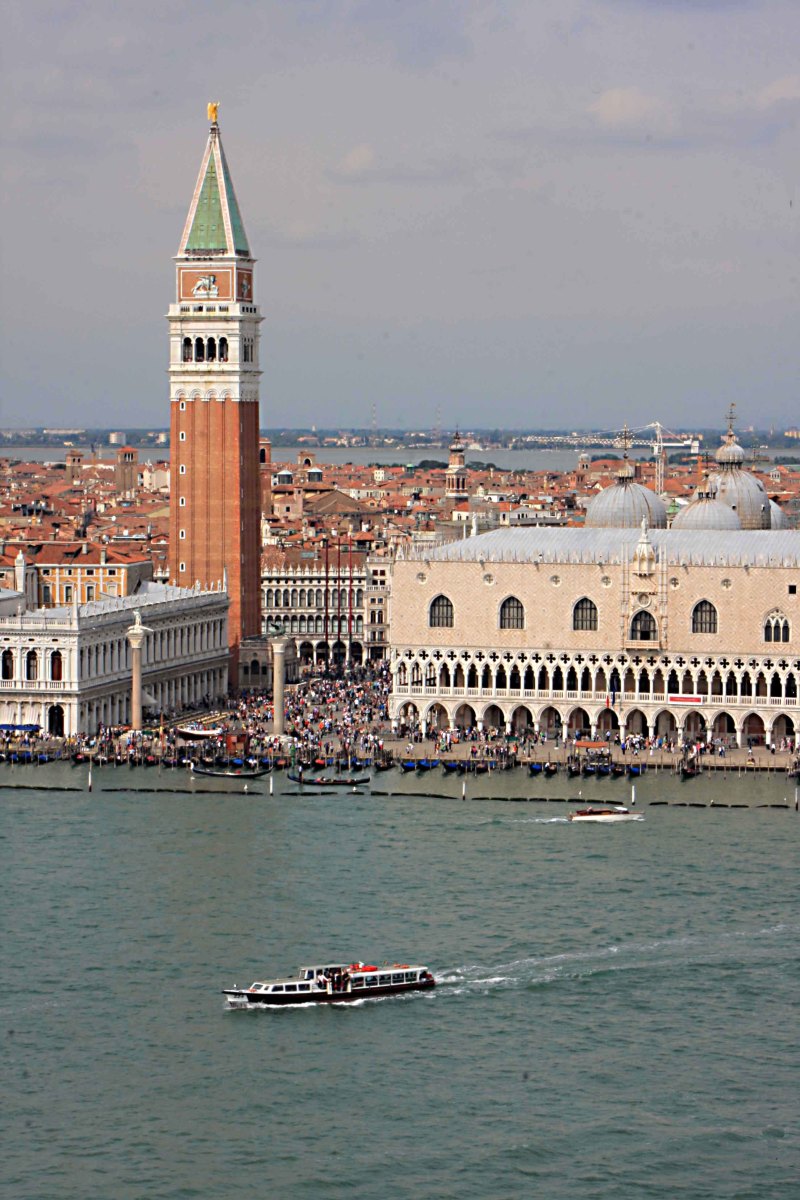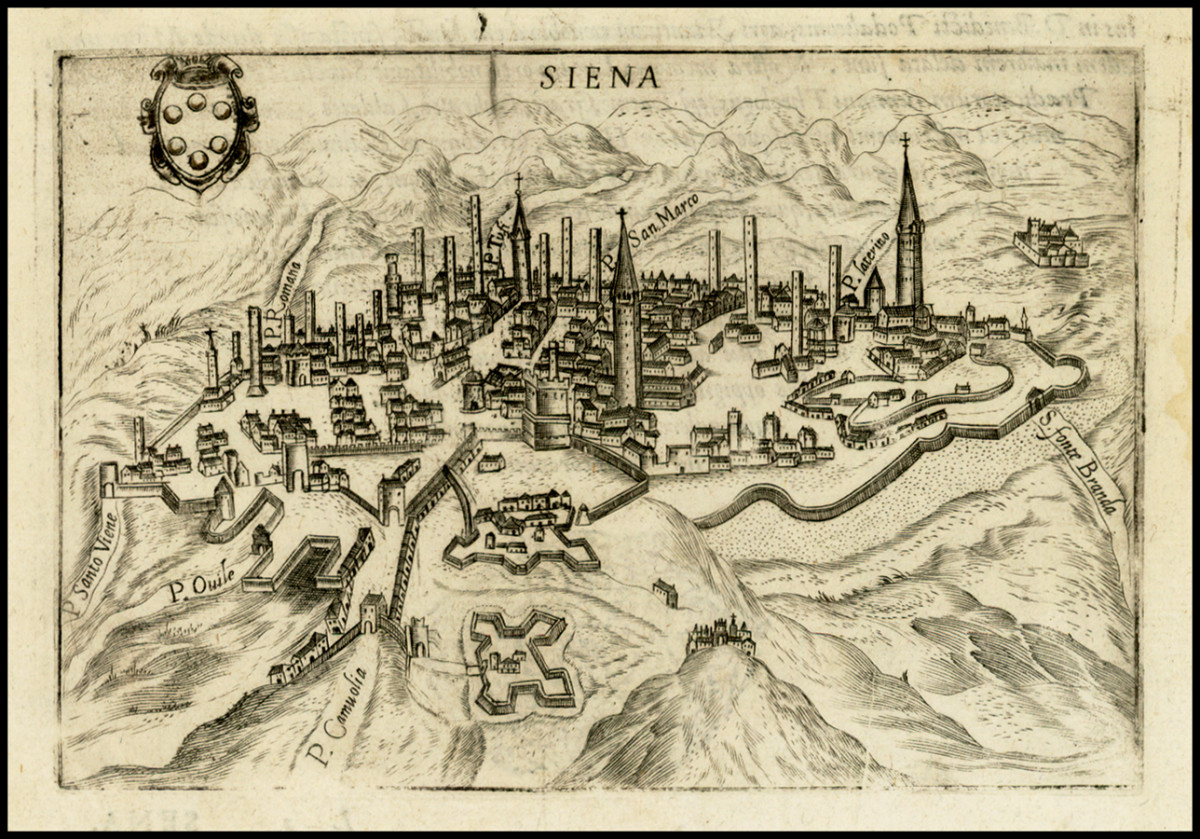Transport in Italy : The Origins of the Venice Subway System.
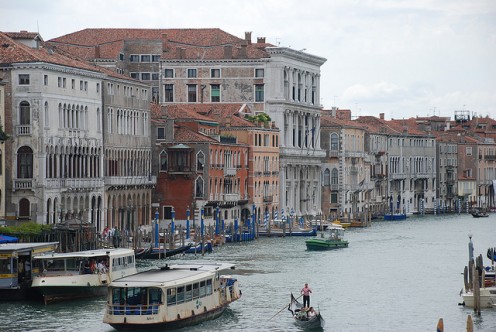
Transport in Italy : The Origins of the Venice Subway System.
Here is a short account of the beginnings of the hugely famous and ever popular Venice Subway System.
The system was the brainchild of engineers and entrepreneur Marco Fanelli back in 1874. He conceived it as a more efficient substitute for the gondolas and riverboats on the surface of the city's many canals.
However, initially it did not meet with great success as the original vehicles were powered by human effort. This is the remarkable story.
Fanelli designed special submarine craft which were pioneering in their day. Much smaller than the military machines that were developed but larger than a mini-submarine. They could accommodate a maximum of 40 passengers at a time.
These were powered by the passengers themselves using oars which protruded through rubber-sealed holes in the hull of the craft. Therefore ticket prices had to be kept low and any inkling of an increase was usually met with a go-slow action by the populace which caused mayhem with the timetables.
An unintended consequence of these exertions however was that Venice was the undefeated city for 22 years in the annual Italian Arm Wrestling Championships.
First trials with the animal kingdom
As is the norm with powered transport an answer was found by utilising the strengths and natural talents of the animal kingdom.
Breathing apparatus for horses was considered highly impractical and besides even with a team of strong and hearty steeds there was still not enough power to drag the subway carriages through the water.
Even trained dolphins proved a failure in trials held in 1893 by the famous marine biologist Alfredo Taccanardi.
Although perfectly aquadynamic they also lacked the combined strength even in a school. Also mischievous kids would throw balls into the water to goad them to the surface. The happy-go-lucky creatures would also get carried away during fish-breaks and it would be hard for their handlers to get them working again.
The following year Taccanardi imported a small whale specially captured by the Canadians in the North Atlantic. Initial results were encouraging as the creature could pull the submarines with little effort and had an in-built sonic-alarm system for busy junctions. Unfortunately the noise at night caused complaints from the neighbours who lived around the depot.
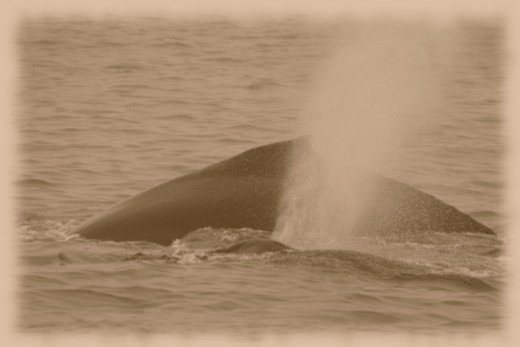
But during the day-shift it could provide some novelty value.
Frequent fountain blasts would erupt from its spout to add some fun and effervescence to the waterways of Venice.
It was not so popular with the gondoliers who demanded danger money for punting the now treacherous canals.
As well as regular soakings there were occasional collisions during the 4-week trial. Fortunately there were no serious casualties although at least one romantic honeymoon was tarnished.
A disenchanted gondolier
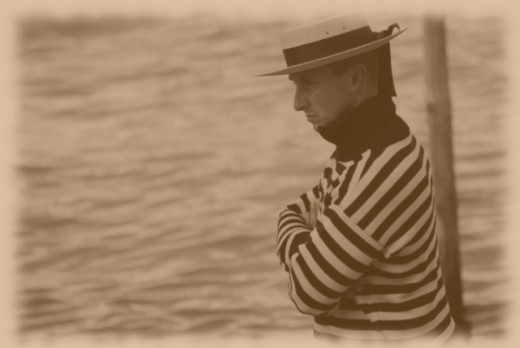
However it was not the actions and protests of the local 'Unione dei Navigatori Gondolier' which heralded the demise of the whale project.
It was eating far too much fish and local anglers and sea-food restaurants were up in arms.
Not surprisingly the whale also proved too big particularly after eating all the fish.
It could not negotiate the shallower canals nor easily enter the connecting tunnels specially built for the subway. An expert veterinary doctor confirmed the early signs of claustrophobia in the poor mammal.
The 'River Horse' experiment
The solution was found from an unlikely source in 1897 when the Director of Operations at that time paid a visit to the zoo. There he saw a hippopotamus in a large pool. Heading downstairs he noticed how easily the hippo could walk along the floor of the pool. He had his answer to the propulsion problem for his subway.

Within 3 weeks a young hippopotamus arrived from Mozambique and tests began a few days later.
He was immediately christened Guiseppe.
He was an astonishing success.
The hippo was easily trained and a willing employee.
He was strong enough to pull the carriages but cumbersome enough to avoid the unpredictability of the whale and the dolphins. More hippos were ordered.
The system quickly became known colloquially as "L'ippopotamo-Treno" among the incredulous Venetians.
The problems of joyriding persisted and in fact became much worse. A huge hippo was an easier target to mount for the local hooligans than a sprightly whale or an over-excited dolphin.
However a major problem for the 'Hippo-Train' was the cold winters in North-East Italy. The animals couldn't survive in the winter months and during these times the subway reverted to the manual rowing propulsion.
The hippo season could be extended though by cladding them in rubber wetsuits which allowed them to operate into October and begin the new season as early as March. New and improved snorkels also helped them stay underwater for longer.
The turn of the screw
Of course the breakthrough for the subway was the introduction in 1911 of screw-propellers driven by diesel fuel. Unlike large surface craft the carrying of huge dumps of coal was certainly out of the question. It was tried with frequent stops to take more on-board but this proved time consuming and the passengers claims for laundry made it financially impossible.
And so the subway system really took off under the directorship of Alessandro Machiavelli and the era of the Hippo-borne subway carriage came to an abrupt end. Machiavelli was not long in the post however as his plans for electrification were met by derision and an admission into the Venice Lunatic Asylum. Defiant throughout he screamed "Siete tutti imbecilli!. Essa opererà! Essa opererà!" as he was led away. No one shared his vision.
Il Duce takes in the Venice air

The Second World War
And so the Venice subway system flourished through the 20th century and played their part during wartime.
The Italian dictator Benito Mussolini was massively proud of the system.
"Ha!" he pronounced on a visit "Non si può fare questo a Berlino!" he said in a rare dig at Hitler.
Unlike the trains Mussolini did get the subway to run on time during the 1930s and 40's
Some were even taken away to be specially requisitioned for the Italian Navy for the war effort.
This meant the normally regular service was drastically reduced. Many Venetians were unhappy about this but decided waiting in a queue was better than standing in front of a firing squad. Such is war.
However the machines were certainly effective in attacking Allied warships and also finding missing Italian warships of which there were many.
Into the future
In times of peace the subway system has continued much the same as it has since mechanisation. Apart from the occasional depth charge by the Mafia if the protection money doesn't get paid on time. But changes may be ahead in a proposed modernisation programme for the 21st century.
Nowadays plans are afoot to build new nuclear-powered subwaymarines which will be twice as fast. Opponents claim that it will be ten times as dangerous and promise to fight the idea. Also the surface turbulence they may cause has reignited the old rivalries with the 'Unione dei Navigatori Gondolier'. There is a significant amount of opposition to this alleged march of progress.
However the news has excited watersports enthusiasts across the world.
Venice may become the world's first urban centre for surfing excellence.
Controversial times may now lie ahead for the city christened the 'Queen of the Adriatic' in the lagoons of northern Italy if Venice goes nuclear.
_______________________________


